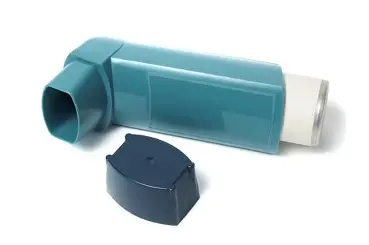Hypoxia is a condition in which the body’s tissues don’t receive enough oxygen, which can lead to serious health issues. Lung diseases, heart conditions, high altitudes, or certain infections1 can cause it. Symptoms include confusion, difficulty breathing, rapid heart rate, and bluish skin.
Causes Of Hypoxia
Not enough oxygen in the surrounding air:
- Suffication
- Drowning
Blockage, Swelling or Narrowing of the AIRWAY, caused by:
- The tongue
- Vomit
- Choking
- Burns
- Hanging
- Anaphylaxis
- Strangulation
Ineffective function of the lungs caused by:
- Asthma
- Disease or illness
- Poisoning
- Collapsed lung
- Chest injury
- Crushing of the chest.
Drop in blood pressure, loss of blood, and circulation failure.
- Heart Attack
- Cardiac arrest
- Heart Failure
- Traumatic bleed
- Poisioning
- Anaphylaxis
Asthma
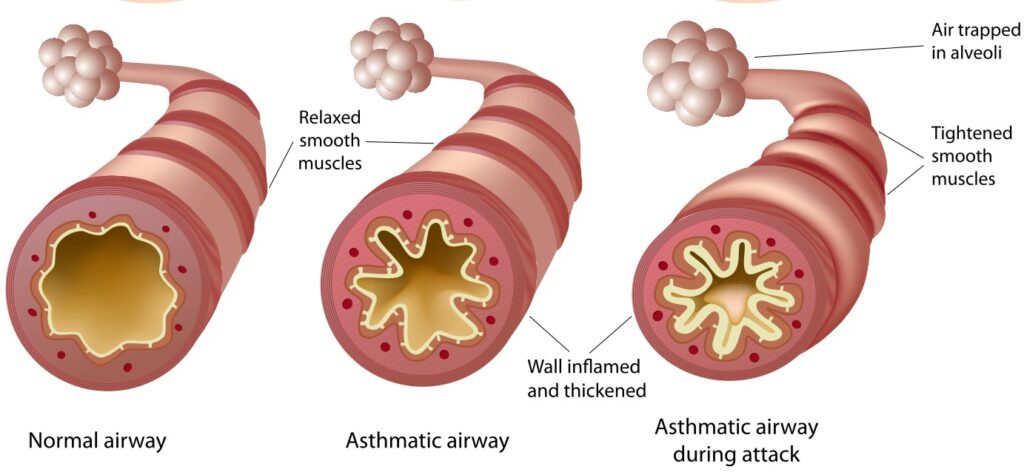
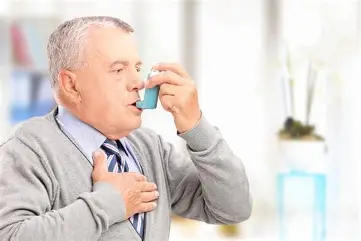
Asthma is a chronic condition that affects the airways in the lungs, making breathing difficult. When the airways become inflamed, narrowed, and produce extra mucus.
An asthma attack can be a traumatic experience. The feeling of breathlessness and the fear of not getting enough oxygen can be deeply distressing. Some people describe it as feeling like they’re drowning or suffocating, which can lead to anxiety.
After an attack, it’s common to feel shaken or anxious about future episodes. Some asthma sufferers experience panic attacks.
Although asthma can’t be cured, it can be managed with medication and lifestyle adjustments. Inhalers are commonly used to relieve symptoms and control inflammation.
Asthma Triggers
Vary from person to person, but some common ones include:
- Allergens: Dust mites, pollen, mould, pet dander, and cockroach droppings.
- Air pollution: Smoke, strong odours, and chemical fumes.
- Weather changes: Cold air, humidity, and thunderstorms.
- Respiratory infections: Colds, flu, and sinus infections.
- Exercise: Especially in cold or dry air.
- Emotions and stress: Anxiety, laughter, or crying.
- Certain medications: Aspirin and beta-blockers.
- Food additives: Sulfites are found in processed foods and drinks.
Managing asthma often involves avoiding these triggers and using medication as prescribed.
Asthma Attack Treatment
If you’re experiencing an asthma attack, acting quickly is important. Here are some steps you can take:
- Sit up straight – This helps open your airways.
- Stay calm – Anxiety can make symptoms worse.
- Use your reliever inhaler – If you have a blue inhaler, take one puff every 30-60 seconds, up to 10 puffs.
- Call emergency services (999 in the UK) – If symptoms don’t improve after 10 puffs or worsen at any point.
- Repeat inhaler use if necessary – If the ambulance hasn’t arrived after 10 minutes and symptoms persist, take another round of puffs.
If you don’t have an inhaler, seek emergency medical help immediately. Even if you recover, it’s crucial to see a doctor within two days to prevent future attacks.

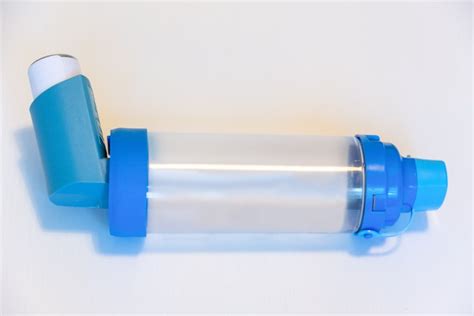
Spacers
An inhaler spacer is a device that helps deliver medication from a metered-dose inhaler (MDI) more effectively into the lungs. It’s a plastic tube that attaches to the inhaler, allowing the medicine to be inhaled more smoothly and reducing the amount stuck in the mouth or throat.
Using a spacer can:
- Improve the amount of medication reaching the lungs.
- Reduce side effects from inhalers, especially preventer inhalers.
- Make it easier to take medicine, particularly for children or those with breathing difficulties.
Depending on the user’s needs, there are different types of spacers, some with mouthpieces and others with masks. If you’re unsure which type is best for you, a doctor or pharmacist can help.
Medication is important to an asthma suffer, as a first aider, it is IMPORTANT you know the difference between a Preventer Inhaler and a Reliever Inhaler
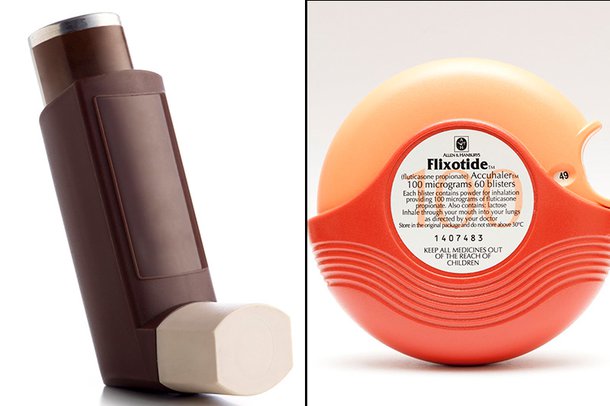
Preventer Inhaler
It is a type of inhaler used to manage asthma and chronic obstructive pulmonary disease (COPD). It contains corticosteroids, which help reduce inflammation and swelling in the airways, making breathing easier.
How It Works:
Different Types: Common preventer inhalers include Budesonide (Pulmicort), Beclometasone (Clenil), and Fluticasone (Flixotide).
Daily Use: You take it regularly, even when you feel fine, to prevent symptoms from developing.
Reduces Sensitivity: Over time, it makes your airways less reactive to triggers like pollen, dust, or cold air.
Reliever Inhale
It is used to quickly ease asthma symptoms or breathing difficulties by relaxing the muscles in your airways, making it easier to breathe. These inhalers contain a medicine called a bronchodilator, which helps open up the airways.
Most reliever inhalers are blue, and they are sometimes called rescue inhalers. Common reliever inhalers include salbutamol inhalers, such as Ventolin, Airomir, and Salamol. If you find yourself needing to use your reliever inhaler three or more times a week, it may be a sign that your asthma is not well controlled, and you should speak to your doctor
